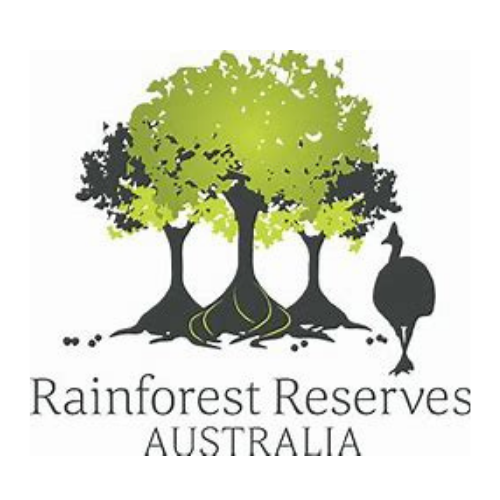
Desailly renewable energy park
Status: awaiting approval
Project description: Slated to be one of the biggest solar developments in Australia, Desailly is an industrial-scale wind and solar farm with battery storage to be installed just North West of Mt Carbine, Far North Queensland.
Read the Desailly Development Application
Proponent: DP Energy
If approved, Desailly Renewable Energy Park will border Australian Wildlife Conservancy’s Brooklyn Sanctuary, which supports a greater diversity of wildlife than any other single property in Australia.
The McLeod river runs through Desailly.
The open savanna woodland of Desailly supports a remarkable amount of wildlife. Red Goshawks, the rarest raptor in Australia, are likely to soar and glide on the thermals here. These birds are known to have a huge range that extends all the way down from the farthest tip of Cape York. Sadly, not much is known about them and they are critically endangered.
Male red goshawk (Erythrotriorchus radiatus). Image credit: Summerdrought
Desailly: One of Australia’s biggest solar farms that no-one knows about.
The approval process surrounding Desailly Renewable Energy Park is symptomatic of the secrecy surrounding renewable developments. Local communities are unaware of Desailly and it is very hard to find any detailed information on the development.
Desailly is a solar and wind park set to be installed on the McLeod River near Mt Carbine. It was stumbled on by chance by Rainforest Reserves Australia member Steven Nowakowski.
He says “I happened to be going through the Council Minutes of Mareeba Shire Council and found by chance an item called ‘The Desailly Wind and Solar Energy Park’. It was a 200 page document full of weasel words about energy generation. There were no figures within to indicate how much land was to be cleared. Brooklyn Nature Refuge, one of the highest biodiversity habitats in Australia, is directly adjacent to the proposed Desailly development.”
“There’s been no opportunity for residents to comment on the Desailly proposal. In this case, it was actually the CEO of Mareeba Shire Council, using his delegated authority to sign off on it. So only one person in council signed off on it. Now it’s gone to the State level and will just go through the system without anyone knowing about it until it’s under construction.” reveals Nowakowski.
Endangered Northern Quolls inhabit the Cape York region. Likely to inhabit Desailly, it’s the smallest of Australia's four Quoll species and was once found right across the country's north. Northern Quoll populations dropped after the introduction of the cane toad to far north Queensland in 1935. It’s estimated there are fewer than 100,000 animals remaining in the wild.
Material Change of Land Use approvals are granted by council with long term consequences for previously Pastoral landscapes. A Material Change of Land Use approval can open up the floodgates for heavy industry to access Pastoral land, some of the highest biodiversity landscape in Australia. Mining, dams, unfettered water access and other heavy industrial extractive uses may occur if landscapes are reclassified.
“It’s frightening that Pastoral Leases – 60,000 hectares, 80,000 hectares, 100,000 hectares - can get converted to industrial energy use. Suddenly 20,000 hectares is clear-felled for a wind farm, another 10,000 hectares is dedicated to hydrogen production and basically the landscape changes from primary production to industrial energy. What is even more frightening is then proponents seek to export energy overseas. So it’s not only for domestic energy consumption, it’s energy to send to places like Singapore and Hong Kong. Traditional Owners and all Australians are losing our biodiversity so a few billionaires can export “clean green” energy to other nations. This is not in the public interest.” states Nowakowski.

Rainforest Reserves Australia argue that a Moratorium urgently needs to be placed on all proposed renewable developments in Queensland until State and Federal laws can ensure:
· Renewable developments won’t be placed on landscapes containing EPBC listed wildlife and vegetation
· Renewable developments won’t be placed on high quality agricultural land
· That impacted local communities are made fully aware of renewable development proposals and offered a real say on whether projects proceed.
· EPBC laws are tightened to ensure species vulnerable to extinction are protected unequivocally from habitat loss.
· Instant approvals are not automatically granted by councils for Material Change of Use from Pastoral to Industrial and laws are strengthened around this.






